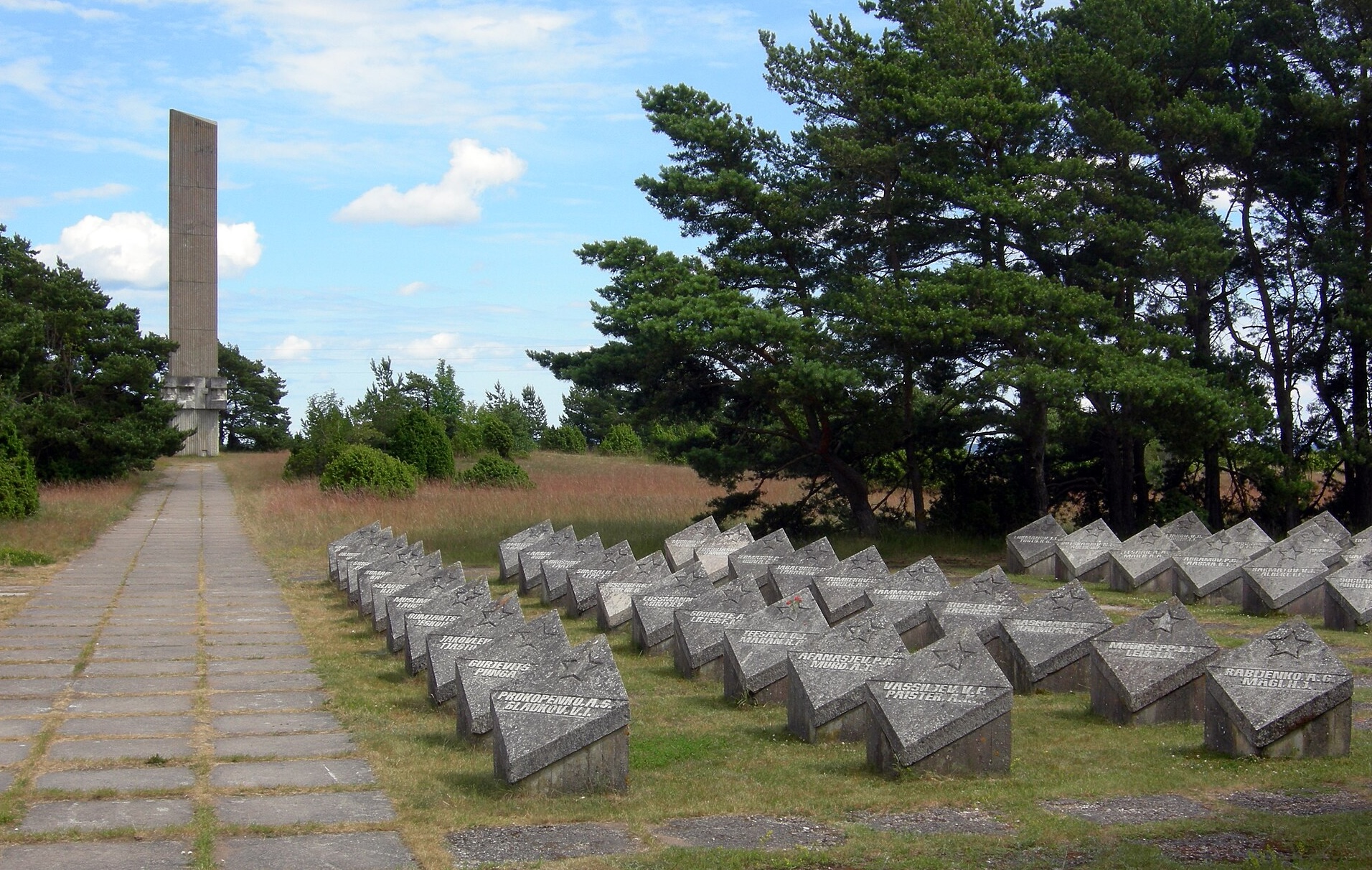On the island of Saaremaa, near a narrow strip of land between the Baltic Sea and the Gulf of Riga, stands a striking Soviet monument. Rising 21 meters tall and constructed from concrete and dolomite, it symbolizes a sword thrusting upwards. This monument was erected in 1967 to honor a nighttime battle during World War II, when Soviet forces clashed with retreating German troops in the village of Tehumardi on the Sõrve Peninsula.
According to rumors, both armies fought blindly in the dark during the battle, firing not by sight but by sound. The soldiers engaged in brutal hand-to-hand combat, relying solely on touch to navigate the darkness. By dawn, hundreds lay dead—about 500 soldiers from both sides. The monument memorializes the Soviet troops who fell on October 8, 1944, though its significance may be temporary.
After Russia's full-scale invasion of Ukraine, public interest in Soviet-era monuments, memorials, and war graves in Estonia sharply increased. Opinions were divided, with some expressing views such as “no monuments for occupiers”, while others warned that this approach was “turning history into a security threat and limiting a free discussion about our past”. Further questions emerge regarding the role of Soviet monuments in present-day Estonia... are they historical memorials, or lingering symbols of a repressive regime?
To decide the fate of these Soviet-era monuments in Estonia, a commission was formed to categorize each monument, memorial, and war grave based on the perceived ‘risk’ they posed to modern society. The definition of ‘risk’ was somewhat vague, and the decision-making process lacked transparency. However, the commission appeared to focus on whether the monument “incited hatred or posed a danger to the public”. After reviewing 322 Soviet-era monuments, memorials, and war graves, the commission ultimately recommended the removal of 244. You can read more about this here.
Estonian and Russian translation: To the Soviet soldiers – defenders and liberators of the island of Saaremaa 1941–1945
What effects have these developments had on the monument at Tehumardi so far?
Recently, the 90 tombstones (pictured below) were removed, and the remains beneath them were relocated to a nearby cemetery. Additionally, a small pop-up exhibition was launched, which explores the monument's modern significance in Estonia and explores how to reimagine the monument's future in a world where Russia is once again seen as an occupier.











